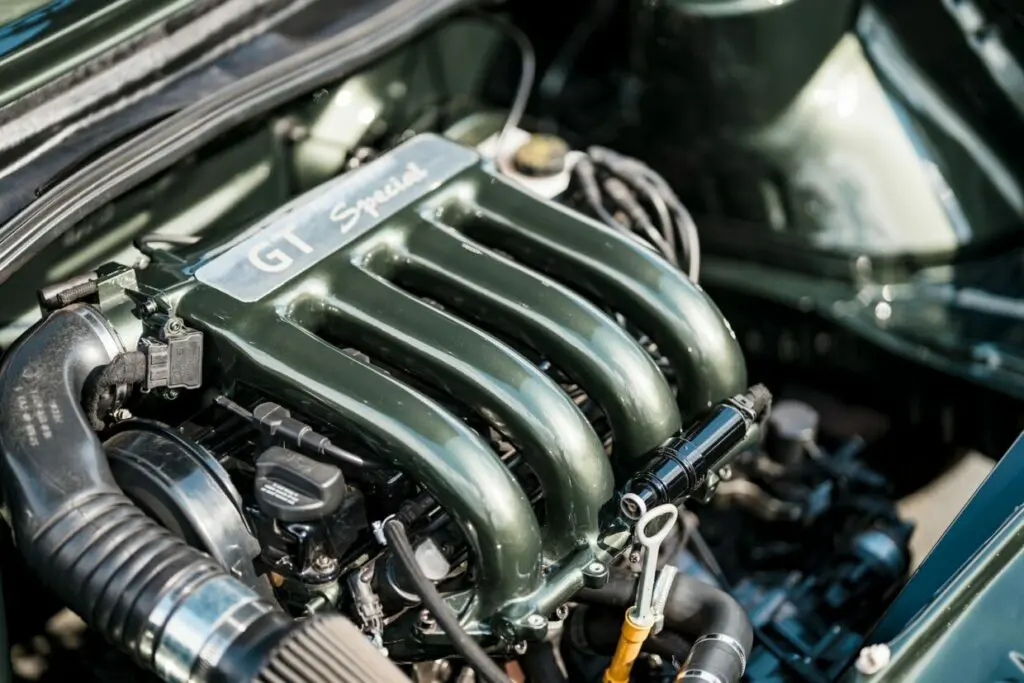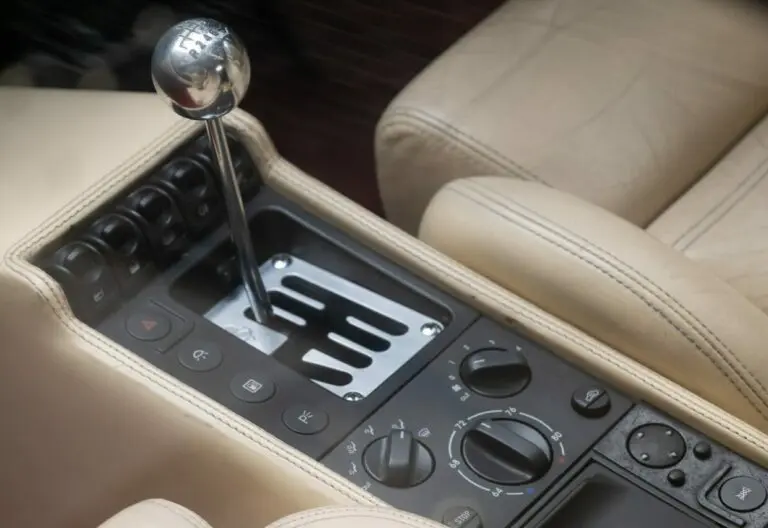Replacing your car’s air filter is a simple and easy task that can greatly benefit the performance and longevity of your vehicle. The air filter is responsible for trapping dirt and debris from entering the engine, which can cause damage and reduce fuel efficiency. In this article, we will go through the steps of replacing your car’s air filter and explain the importance and benefits of doing so.
Purpose of an Air Filter
The primary purpose of an air filter is to prevent dirt and debris from entering the engine. The engine needs a certain amount of air to function properly, and the air filter ensures that the air that enters the engine is clean. The air filter is located in the air intake system, which is the path that the air takes to get to the engine. The air filter is made up of a pleated paper or foam material that is designed to trap dirt and debris.
Importance of Replacing the Air Filter
An air filter that is clogged with dirt and debris can reduce the amount of air that enters the engine. This can lead to a decrease in engine performance, as the engine is not getting the proper amount of air it needs to function. A clogged air filter can also lead to a decrease in fuel efficiency, as the engine has to work harder to get the air it needs. In addition, a clogged air filter can also lead to increased emissions, as the engine is not running as efficiently as it should.
Benefits of Replacing the Air Filter
Replacing a dirty or clogged air filter with a new one can have several benefits for your vehicle. One of the main benefits is an improvement in engine performance, as the engine will be getting the proper amount of air it needs to function properly. This can lead to better acceleration and increased horsepower. In addition, replacing the air filter can also lead to an improvement in fuel efficiency, as the engine will not have to work as hard to get the air it needs. This can lead to an increase in gas mileage, which can save you money at the pump.
Step-by-Step Guide
- Locate the air filter: The air filter is typically located in the air intake system, which is usually found near the front of the engine. The air filter housing may be made of plastic or metal, and it will have a lid or cover that can be removed.
- Remove the old air filter: Once you have located the air filter, remove the lid or cover to access the filter. The filter may be held in place by clips or a wing nut, so be sure to have a flathead screwdriver or pliers on hand.
- Clean the air filter housing: Before installing the new air filter, be sure to clean out the air filter housing. This can be done with a rag or a small brush.
- Install the new air filter: Once the air filter housing is clean, place the new air filter in the housing. Make sure the filter is properly seated and that the lid or cover is securely in place.
- Test drive the car: After replacing the air filter, take the car for a test drive to ensure that everything is working properly.
Precautions
When replacing your car’s air filter, it is important to use the correct type of filter for your vehicle. Be sure to consult your vehicle’s owner’s manual or a mechanic to ensure that you are using the correct filter. In addition, be sure to wear gloves when handling the air filter, as the dirt and debris that is trapped in the filter can be harmful if inhaled.
In conclusion
Replacing your car’s air filter is a simple and easy task that can greatly benefit the performance and longevity of your vehicle. Not only will it improve engine performance and increase fuel efficiency, but it will also help to reduce emissions and prolong the life of your engine. By following the step-by-step guide outlined in this article, you can easily replace your car’s air filter and ensure that your vehicle is running at its best. Remember to always consult your vehicle’s owner’s manual or a mechanic to ensure that you are using the correct filter for your specific make and model. Regularly replacing your car’s air filter is an important part of regular vehicle maintenance, and can help to keep your vehicle running smoothly for years to come.



















